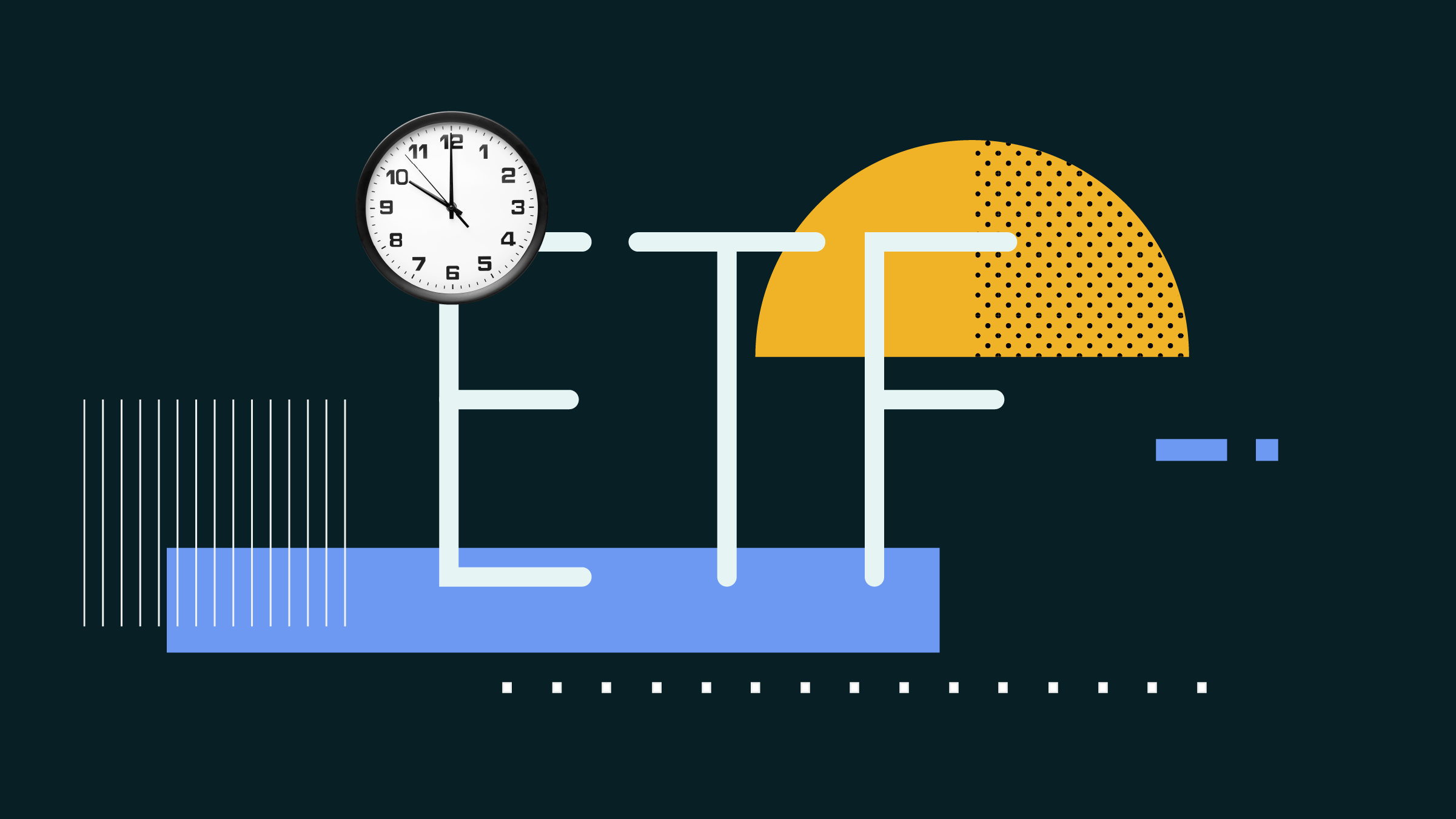
Few telecom companies can boast of the distribution strength, user platform, and brand that Canadian telecom giants Rogers Communications (RCI.B) and Bell (BCE) have. Along with Telus (T), the three big national carriers have more than 90% of the total market share.
Bell vs Rogers Stock Comparison
After the Rogers outage of July 8, though, some customers are considering diversifying their phone and internet plans away from just one carrier. With this development, we decided to pit the two giants against each other to determine which is the better stock to buy now based on Morningstar’s proprietary metrics. Is it time to buy Rogers stock? Or is it time to buy Bell stock? Here’s how Rogers and Bell scored on some key investment metrics as of July 18, 2022:
- Price/Fair Value: 0.95
- Morningstar Uncertainty Rating: Low
- Morningstar Economic Moat Rating: Narrow
- Morningstar Economic Moat Trend: Stable
- Morningstar Capital Allocation Rating: Exemplary
- Price/Fair Value: 0.84
- Morningstar Uncertainty Rating: Low
- Morningstar Economic Moat Rating: Narrow
- Morningstar Economic Moat Trend: Negative
- Morningstar Capital Allocation Rating: Standard
Who wins this Bell vs Rogers stock matchup? That depends on which Morningstar metrics matter most to an investor. Let’s take a deeper dive into five of them.
Price/Fair Value Winner: Rogers Stock
Morningstar’s analysts calculate a fair value estimate for each stock they cover. The fair value estimate represents the intrinsic value of a stock, based on how much cash we think the company can generate in the future. A stock’s price/fair value is simply its current market price divided by the fair value estimate. A stock trading below 1.0 is undervalued; a stock trading around 1.0 is fairly valued; and a stock trading above 1.0 is overvalued.
As of July 2022, we think Rogers’ stock is about 16% undervalued, while Bell’s stock is 5% undervalued. The winner from a price perspective is Rogers stock, which is trading at a more attractive price today.
Watch: The Morningstar Fair Value Estimate
Uncertainty Winner: Tie
The Morningstar Uncertainty Rating represents the predictability of a company’s future cash flows and, therefore, the level of certainty we have in our fair value estimate of a given company. Companies that enjoy sales predictability, modest operating and financial leverage, and limited exposure to contingent events carry lower Uncertainty Ratings; those with less-predictable sales, significant leverage, and significant exposure to contingent events carry higher Uncertainty Ratings.
Our analysts think both Rogers’ and Bell’s uncertainty is Low. It’s a tie.
Economic Moat Winner: Tie
The Morningstar Economic Moat Rating represents a company’s maintainable competitive advantage. A company with an economic moat can fend off competition and earn high returns on capital for many years to come. A company whose competitive advantages we expect to last more than 20 years has a wide moat, one that can fend off its rivals for 10 years has a narrow moat, while a firm with either no advantage or one that we think will quickly dissipate has no moat.
When it comes to Bell vs Rogers stock, our analysts think both companies have carved out Narrow economic moats. It’s a tie.
Watch: The Morningstar Economic Moat Rating
Economic Moat Trend Winner: Bell Stock
Morningstar’s moat trend rating describes how a company's competitive position is changing over time, and can be either "positive," indicating the competitive position is strengthening; negative, indicating the competitive position is weakening; or stable. Morningstar has identified five possible sources of an economic moat. Network effect, intangible assets, cost advantage, switching costs, and efficient scale.
Bell earns a stable economic moat trend, while Rogers’ economic moat trend is negative. Bell is the winner here.
Read About Why Economic Moat Trends Matter
Capital Allocation Winner: Bell Stock
The Morningstar Capital Allocation Rating represents our assessment of how well a company manages its balance sheet, investments, and shareholder distributions. Analysts assign each company one of three ratings—Exemplary, Standard, or Poor—based on their assessments of how well a management team provides shareholder returns. Adept corporate managers can make a good company even better.
Bell earns an Exemplary capital allocation rating, while Rogers earns a Standard rating. Bell stock for the win here.
Watch: Introducing the Morningstar Capital Allocation Rating
Bell vs Rogers Stock: Which is the Best Stock to Buy Right Now?
At the end of the day, the “winner” of any stock-versus-stock match from Morningstar’s perspective is the stock that’s trading at the largest discount to our fair value estimate after being adjusted for uncertainty. The Morningstar Rating for stocks encapsulates just that. Stocks rated 4 and 5 stars are undervalued after being adjusted for uncertainty, stocks rated 3 stars are fairly valued, and stocks rated 1 or 2 stars are overvalued after being adjusted for uncertainty.
Rogers is currently cheaper than Bell, so Rogers is the better stock to buy today from Morningstar’s perspective.
Watch: The Morningstar Rating for Stocks





















